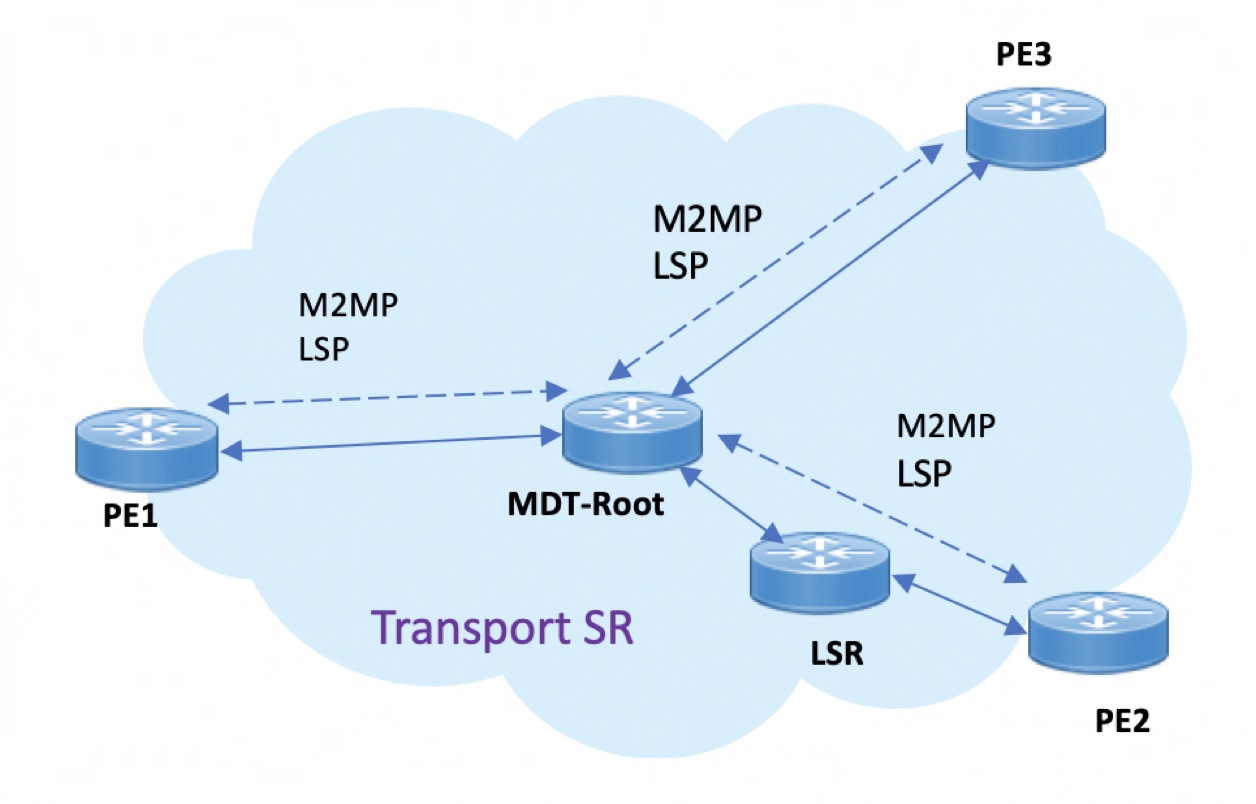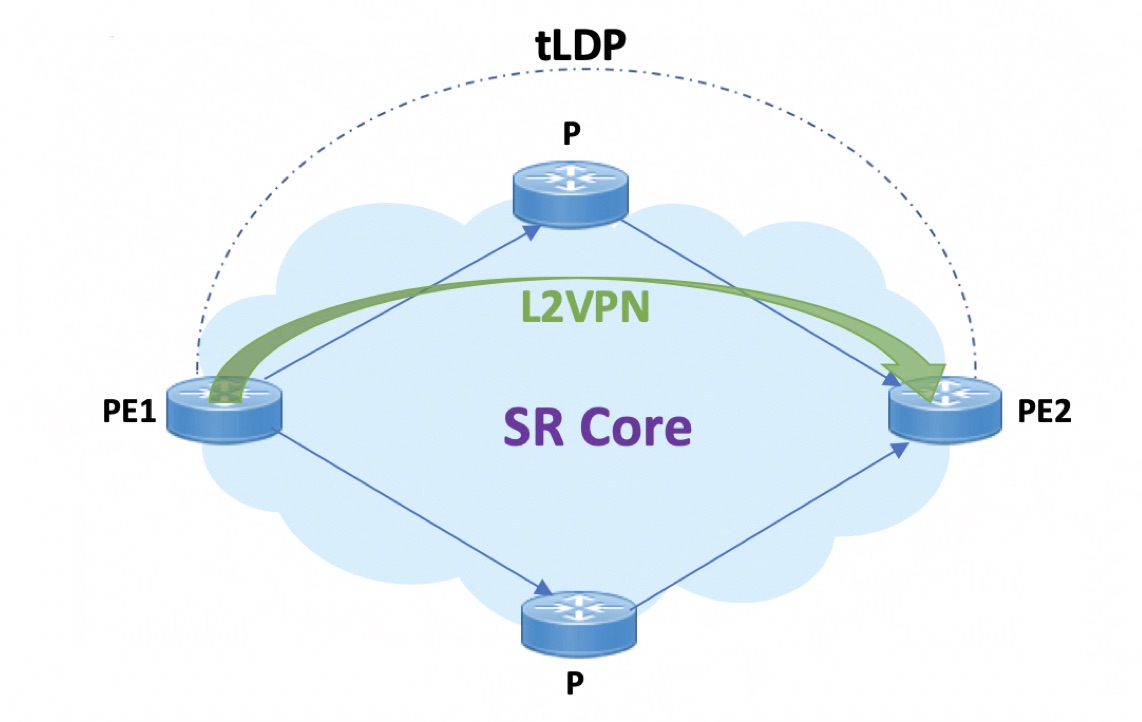Implementing MPLS Label Distribution Protocol
MPLS (Multi Protocol Label Switching) is a forwarding mechanism based on label switching. In an MPLS network, data packets are assigned labels and packet-forwarding decisions are taken based on the contents of the label. To switch labeled packets across the MPLS network, predetermined paths are established for various source-destination pairs. These predetermined paths are known as Label Switched Paths (LSPs). To establish LSPs, MPLS signaling protocols are used. Label Distribution Protocol (LDP) is an MPLS signaling protocol used for establishing LSPs. This module provides information about how to configure MPLS LDP.
IPv6 Support in MPLS LDP-MPLS LDPv6 makes the LDP control plane to run on IPv6 in order to setup LSPs for IPv6 prefixes. You can enable MPLS LDPv6 along with existing IPv4 services. LDPv6 feature support is explained in the IPv6 Support in MPLS LDP section.
 Note |
In the 7.2.1 release, LDPv6 is only supported for routers in an LSR role, and not the LDP Label Edge Router (LER) role. |
Load Balancing with MPLS Traffic
Forwarding to a single destination can occur over multiple best paths, which tie for top place in routing metric calculations. Traffic flows are distributed across the multiple paths using a distribution algorithm, which you can choose based on the traffic flow pattern. Load balancing decisions are made on ingress line card based on your selected load-balancing profile.
To allow hashing for the Label Edge Router (LER) and Label Switched Routers (LSRs) with MPLS traffic or algorithm to use the inner ethernet fields of the source MAC and destination MAC addresses, use the hw-module profile load-balance algorithm command with a suitable load-balancing profile.
You can choose a suitable load-balancing profile (mpls-lsr-ler or mpls-lsr-ler-optimized) based on the prominent traffic flow on the device as recommended in the following table.
|
Traffic Flow |
Description |
Recommended Load-Balancing Profile |
||
|---|---|---|---|---|
|
4 Label IPv6 flows (EthoMPLS4/6oIPv6) |
Flows that have four to six MPLS labels, followed by IPv6 and next header |
mpls-lsr-ler-optimized |
||
|
IPv6 pop and lookup flows (EthoMPLS2/3oIPv6oXX) with L4 as non-TCP/UDP (for example, no next header, GRE) |
Flows that have two or three MPLS labels, followed by IPv6 and either no next header or a next header as non-TCP/UDP (for example, GRE, ESP) |
mpls-lsr-ler-optimized |
||
|
IPv4 pop and lookup flows (EthoMPLS2/3oIPv4oL4) with L4 as TCP or UDP |
Flows that have two or three MPLS labels, followed by IPv4 and next header as TCP/UDP.
|
mpls-lsr-ler |
||
|
IPv6 pop and lookup flows (EthoMPLS2/3oIPv6oXX) with L4 as TCP or UDP |
Flows that have two or three MPLS labels, followed by IPv6 and next header as TCP/UDP |
mpls-lsr-ler |









 Feedback
Feedback